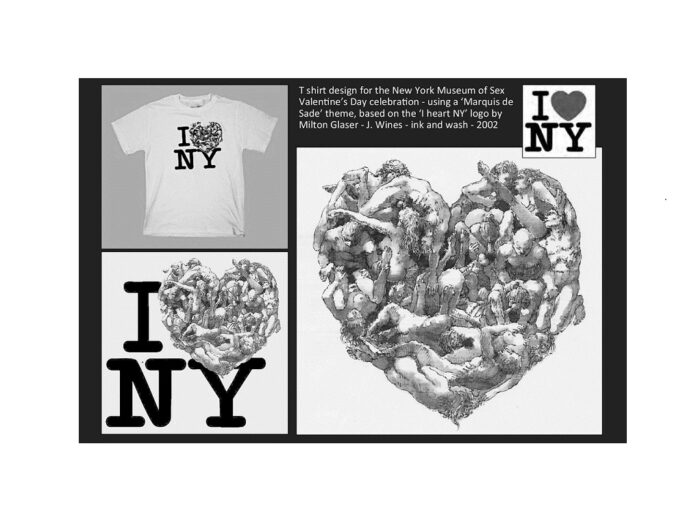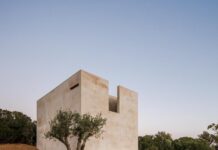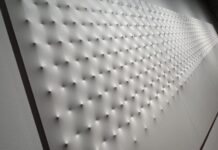The works of most architects are about form, space, and structure. SITE’s work is about ideas, attitudes, and contexts.
My definition of “de-architecture” is finding a way of dissecting, shattering, dissolving, inverting and transforming certain fixed prejudices about the design of buildings, in the interest of discovering revelations among the fragments.
Public art, architecture, landscape, and urban space can only become fully integrated when their academic definitions have been challenged, their distinctions as separate entities have been discarded, and it finally becomes difficult to determine where one art form begins and the other ends.
The messages that a building communicates, as an extension of its own functions, or formal relationships, is never as interesting as the ideas it can absorb from outside. Architecture should be like an environmental sponge, soaking up and transmitting the most relevant sociological, ecological, psychological and cultural messages from its surroundings. In this way, an edifice can be seen as a filtering zone for contextual feedback. This assimilative process also opens up the fusion of art and architecture, as a force for public outreach, which is directly related to the increasingly integrative agendas of the present information and ecology age.
The majority of people view architecture reflexively as a natural presence in the public domain. Buildings don’t need a defensive rationale to explain their existence. All other art forms – sculpture, commemorative monuments, wall murals, potted trees and decorative accessories – usually appear as uncomfortable intrusions in the cityscape. They only qualify as “public” for reasons of some arbitrary decision to locate them outdoors in the first place. If architecture is endowed with truly inherent and responsive contextual content – and not merely interpreted as hermetic formalist design or sculptural shape-making – it can become the most communicative form of public art, in its own right.
When I ventured into “between-the-arts” territories, during the late 1960’s, I began to interpret the connections between art and architecture as an absorptive and hybrid middle ground, which I referred to as “arch-art”. By being neither, I saw it as both. Since my main creative focus was on buildings and public spaces, all sources of content were derived from context. Location, function, service, materiality, people interaction and psychology of situation became my raw material for communication; in other words, the subject matter. When working on architectural projects, this viewpoint relieved me from the conventions of “expressing function” as a traditional and inhibiting responsibility.
Art enjoys the freedom to explore radical visual phenomena, while architecture is too often thwarted by its excess of practical considerations. Even the most disparate configurations of buildings are still impeded by formalist strategies, wrapped around an obligatory set of services. This outmoded process is perpetually referred to by architects as “form expressing function”. The opportunity provided by digital technology has allowed an unprecedented variety of structural/sculptural wizardry and all forms of exotic shape-making; but this is only an illusion of artistic freedom, masking a glossary of familiar constraints. Since visual art is credited as the beneficiary of unfettered aesthetic options, it has been universally encouraged in its questioning of conventions and definitions. This climate of distrust and critique in art is further sanctioned as the basis for a revolutionizing of meaning and an ever-widening breadth of interpretation. Such liberties are rarely sanctioned in architecture.








